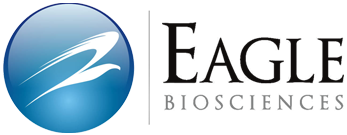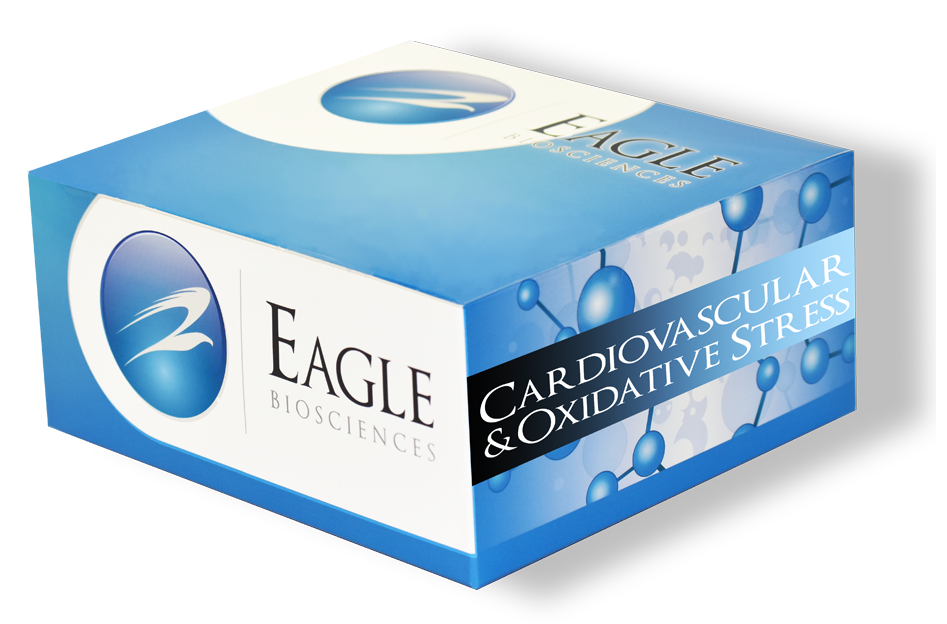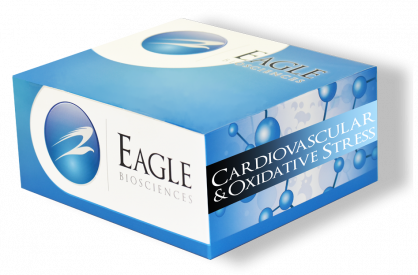Mouse IL-5 ELISA Assay
The Mouse IL-5 ELISA Assay is For Research Use Only
Size: 1×96 wells
Sensitivity: 7 pg/mL
Dynamic Range: 15.625 – 500 pg/ml
Incubation Time: 3.5 hours
Sample Type: Serum, Plasma, Cell Culture
Sample Size: 100 µl
Alternative Names: Interleukin 5, T-cell replacing factor, B-cell growth factor II, Eosinophil differentiation factor, Eosinophil colony stimulating factor
Assay Background
Mouse interleukin 5 (IL-5), also known as T-cell replacing factor, B-cell growth factor II, eosinophil differentiation factor and eosinophil colony stimulating factor, is a pleiotropic cytokine produced primarily by T cells (1-4). It supports the proliferation and differentiation of mouse, but not human, B cells, and enhances IgM, IgG1, IgA, and IgE secretion. IL-5 chemoattracts and enhances the survival and the effector functions of mature eosinophils and synergizes with various colony stimulating factors to increase eosinophil progenitor production and eosinophil expansion. Because of its diverse effects on eosinophils, IL-5 is strongly implicated in the pathogenesis of asthma and other hypereosinophilic inflammatory conditions (4-6). Mouse IL-5 cDNA encodes a 133 amino acid (aa) residue precursor protein containing a hydrophobic signal peptide that is cleaved to yield a 113 aa residue mature protein. Native mouse IL-5 is a disulfide-linked homodimeric 40-45 kDa glycoprotein with N- and O-linked carbohydrate chains. Mature human IL-5 is approximately 70% identical at the amino acid level to mouse IL-5. Whereas mouse and human IL-5 are equally active on human cell lines, human IL-5 is much less active than mouse IL-5 in mouse cell assays (1-3). IL-5 is a main regulator of eosinopoiesis, eosinophil maturation and activation. The elevated production of this cytokine is reported to be related to asthma or hypereosinophilic syndromes.



